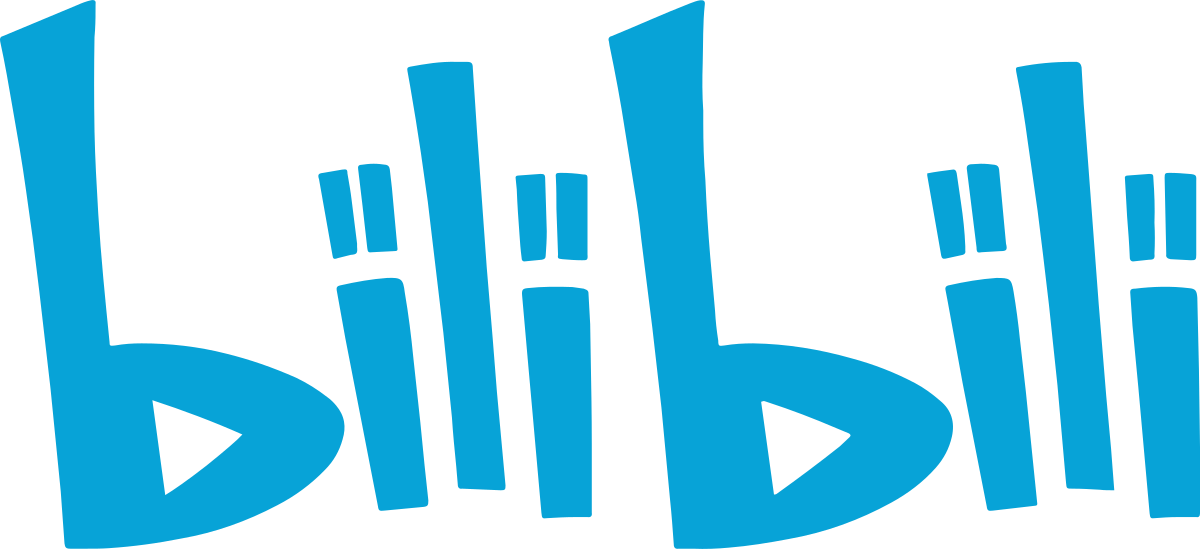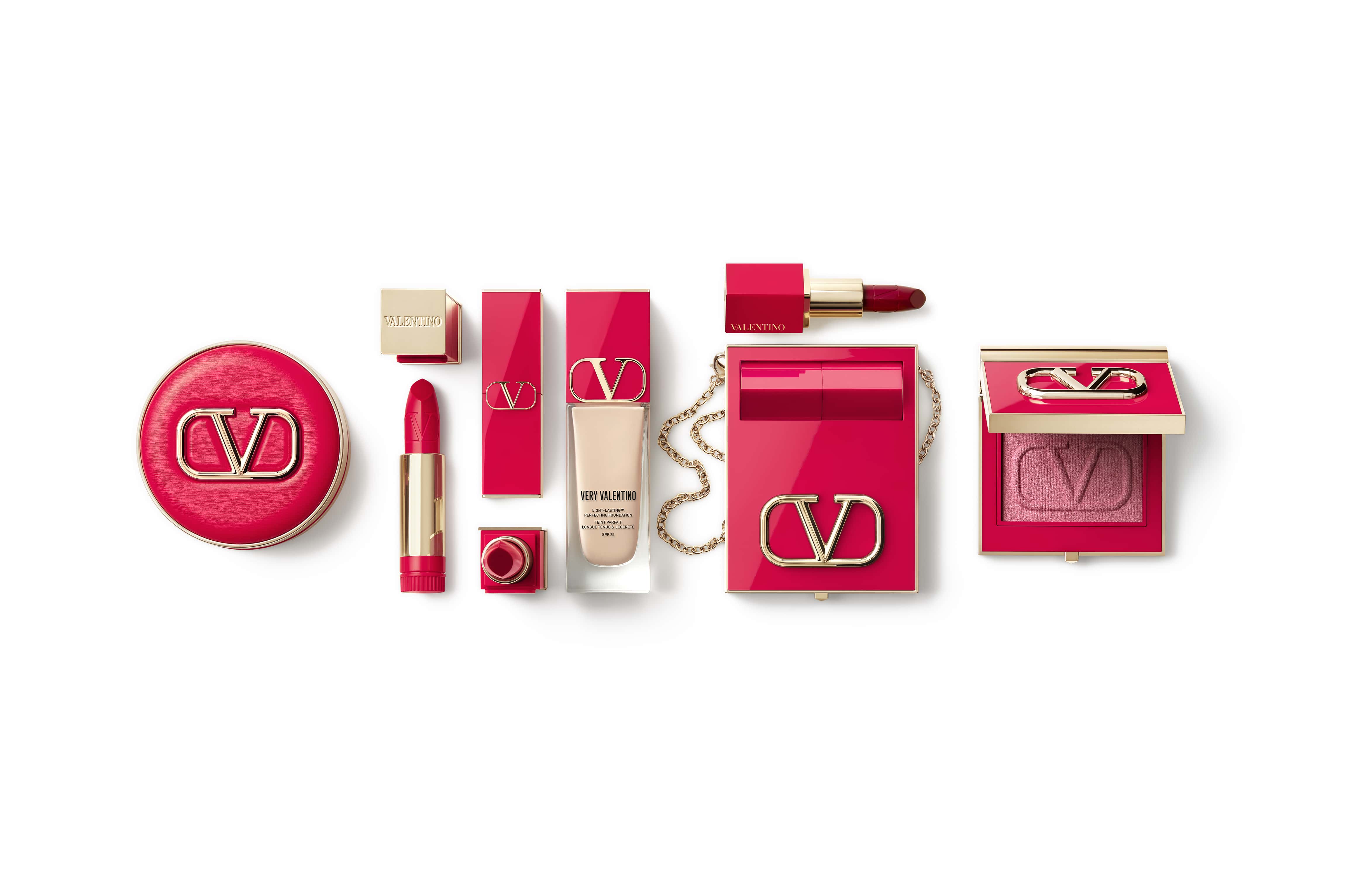Bilibili is a Chinese long-form video sharing platform that is quickly becoming an important channel for brands to reach the important Gen Z consumer base.
Launched in 2009, Bilibili initially gained popularity as a platform for animation, comics and games (AGC).
“The focus there was on producing something, as opposed to filming yourself in the very early days. Therefore, there was a lot of fanfiction online communities surrounding the platform,” explains Dr Crystal Abidin, associate professor and principal research fellow of Internet studies at Curtin University.
While the first instinct would be to compare it to YouTube, Bilibili has its own characteristics that make it distinctive, such as its live commenting function, also known as danmu – bullet curtain.
“If say, during a moment in the video, lots of people comment, you're going to see that flood of comments on the screen itself overlaid over the video. Commenting and watching other people's comments, is a very central part of consuming videos on Bilibili,” said Dr Crystal.
“If you were to compare Bilibili to other major international video sharing platforms like YouTube, their communal aspect, the commenting aspect, the licencing rights, all of that makes Bilibili stand out. That sense of community, the scale, the focus on comments, as opposed to you being an isolated user, that makes Bilibili really a lot more communal than what we think of in terms of YouTube.”
Additionally, the platform is known for high-quality content as it regulates and determines who join the platform as a creator.
“Anyone that wants to be a creator has to go through a really long 100-question quiz. They're trying to keep people very creative, very high level in terms of fitting with their audience and with the community really on-trend young audience,” said Allie Rooke, brand strategist and founder of Clean Beauty Asia.
Beauty growth on Bilibili
In recent years, Bilibili has begun expanding from its niche to a broader audience and users can now find just about any other genre of content, from unboxing videos to make-up tutorials.
With Gen Z quickly becoming the main consumer force in China, it is no wonder the platform is now attracting brands the likes of beauty giants such as the L’Oréal Group, Estée Lauder Companies and Shiseido.
“Last year, the number of beauty brands that went on Bilibili went up by over 2,000%. That's where it's really changed. It's gone from being very niche to now being a much more mainstream channel with a huge number of users and brands are embracing it from an investment perspective. That's been the real game-changer probably in the last 12 to 18 months,” said Rooke.
At the moment, however, it is only bigger brands that are investing in Bilibili because of the high costs.
“The only issue with Bilibili is that it's quite an expensive platform. Instead of paying for a 30-second one on Douyin, you're paying for a 15-minute one on Bilibili. It’s expensive because it takes the creator more time to create the content. For some brands that can be quite tricky – that's part of the reason why it's been so dominated by the bigger brands,” said Rooke.
She added that smaller brands should not feel pressured to add Bilibili to their digital marketing repertoire.
“There are so many channels in China between the main ones like Weibo, Wechat and Redbook. It's hard for smaller brands because they need to manage their profitability. While I think Bilibili has a strong place, it's just needs to be at the right time for the brand.”
According to Dr Crystal, there is a large appetite for videos created by Chinese living abroad.
“What is most popular in China that might stand out from what we see on YouTube, are culinary videos or home videos, especially of diaspora Chinese people who live in international countries, going through a day in a life videos, like preparing a meal and telling people how you get your Asian groceries.”
Rooke suggests that foreign brands looking to build a presence in China can turn to these Chinese influencers living outside of China.
“Quite a few of those KOLs have Bilibili channel themselves with YouTube as their main channel. You can think of Bilibili as a natural progression for them to have a platform within China. That it can be a way that brands can leverage KOLs overseas.”
What’s next for Bilibili?
Since Alibaba made an investment in Bilibili in 2019, the platform is refocusing on e-commerce, just like how Douyin has done.
In the era of social commerce, Bilibili is sitting on an opportunity to become “a place where consumers want to be on more than Tmall”, said Rooke.
“With the breaking down of the walled gardens, there’s much more flow from Tmall and from all the other platforms within each other. I think it would move revenue from Tmall to these other platforms, giving Bilibili an opportunity to grab market share.”



